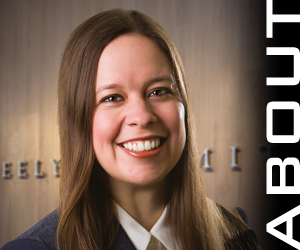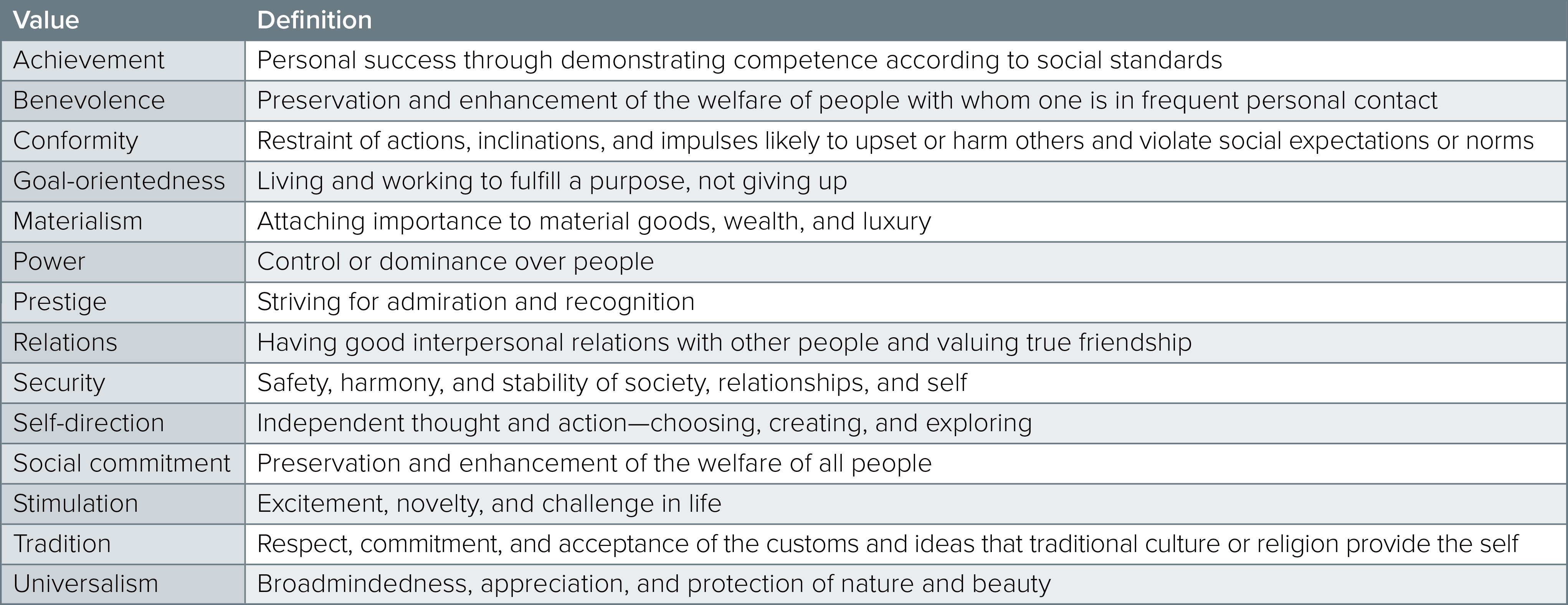Ethics Engaged | Spring 2022
How to Right Your Retention Efforts During the Great Resignation and Beyond
Leaders who ensure organizational and employee values align stand to realize both enhanced retention rates and a better place to work.

Elizabeth Pittelkow Kittner
CFO and Managing Director, Leelyn Smith LLC
Exploring Ethics in Business & Finance Today
In today’s job market, employers are competing for talent across industries and geographic
boundaries. Highlighting the increasingly competitive landscape, a
February 2022 Bloomberg article reported that people are leaving the accounting industry in droves.
Balancing what is good for the organization with what is good for its employees is one of the
greatest challenges leaders currently face. In a simple example, it may be good for an
individual to be employed at an organization to gain experience, while it may not be good
for the organization if that individual is toxic for the culture. Alternatively, while it may be good
for an organization to have individuals doing the same tasks for several years, it may be
disadvantageous for individuals if they value career advancement and skills development.
It is the role of a strong leader to find the right balance between the interests of individuals
and the interests of the organization, and ideally the interests intersect more than they
conflict. When an organization and the individuals within that organization want the same
thing, that alignment has many benefits, such as incentivizing mutually desirable outcomes,
alleviating turnover, and deepening employee engagement.
Observe the chart of values drawn from Dr. Stefaan De Clercq’s comprehensive value
model, which was derived from S.H. Schwartz’s theory of basic human values. These values
were used by Babak Panahi et al. in “
Personal-Organizational Value Conflicts and Job Satisfaction of Internal Construction Stakeholders,” an assessment of job satisfaction in the
construction industry in Malaysia.

The paper’s authors conclude, “The research findings indicated that conflicts even beyond
the effects of differences in demographics, personal, and organizational values, have
negatively affected job satisfaction of the internal construction stakeholders in Malaysia. It
demonstrates that personal-organizational value conflict is a better and stronger predictor of
job satisfaction than demographics, personal characteristics, organizational characteristics,
or all three combined.”
The lesson is to determine how to understand your employees’ values versus your
organization’s values. Your organization’s values should be well known: They should be
written down, clearly defined, and frequently promoted. To determine your employees’
personal values, you can ask them either in conversation or via a survey. Then, the
challenge is to determine how to inspire your employees to live the organization’s values
in light of their personal values. Here are three examples of values I have seen promoted
by organizations and how they could align with personal values.
Treat Each Other Like Family, but Better
This value draws on the principles of relations, security, and tradition, creating an expectation that employees will bring the best part of their unique family experiences to the workplace, offering respect and loyalty while avoiding the bickering common in some families. In return, organizations that espouse this value should ensure that their employees are receiving the same respect and loyalty that the organization expects from them. This includes paying a fair wage for the work performed and offering flexibility based on people’s situations. Market research for salaries is available and can be used as part of discussions for new hires, market adjustments for existing employees, and promotions. Additionally, providing a positive and flexible work environment is part of creating a strong organization, as when people feel that they are being paid fairly and have flexibility in when and how to complete their work, their job satisfaction is likely to increase.
Take the High Road
This value means that when there are several paths to an outcome, the organization expects its employees to take the ethical path. Trust and transparency will permeate the organization when integrity is prioritized and failure is OK. Achievement and “goal-orientedness” may be both organizational and personal values within an organization like this. This value also emphasizes organizational reputation and sustainability. For example, if an employee is comfortable enough to admit they made a mistake instead of trying to hide it, the organization should reward that admission and work with the individual on how to avoid such mistakes in the future. Also, when employees leave, the organization will have fewer unknown issues to deal with if they are sharing their work along the way.
Lead From Every Seat in the Organization
This value means that leadership is more than just a title, evoking the values of benevolence and self-direction. Leaders are expected to behave in a way that sets an example for others, and self-leadership and servant leadership are expected of everyone at every level.
Self-leadership may be especially important in remote environments since employees are not around their supervisors as much and must learn to prioritize their time and tasks throughout the day. Employees are expected to demonstrate strong performance, produce high-quality work, and meet or exceed deadlines. Accountability starts with each employee and is a part of the culture of the organization. Servant leadership is also expected from every employee, with every level helping others both above and below them in their roles.
These are just a few examples of how aligned values might look. Think about what values your organization promotes and if they are the right ones to align your organizational culture with individual values. When an organization and its leadership hold to clear values and ensure that those values align with those of their employees, it lays the groundwork for a long and mutually beneficial relationship.